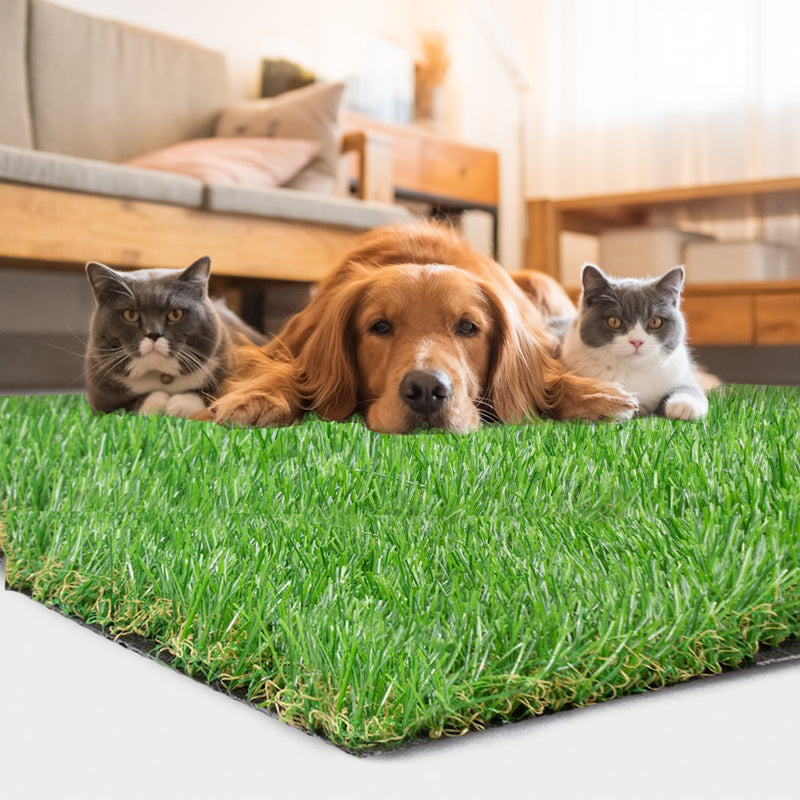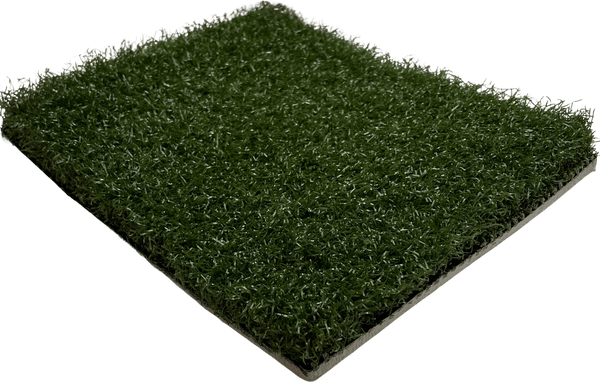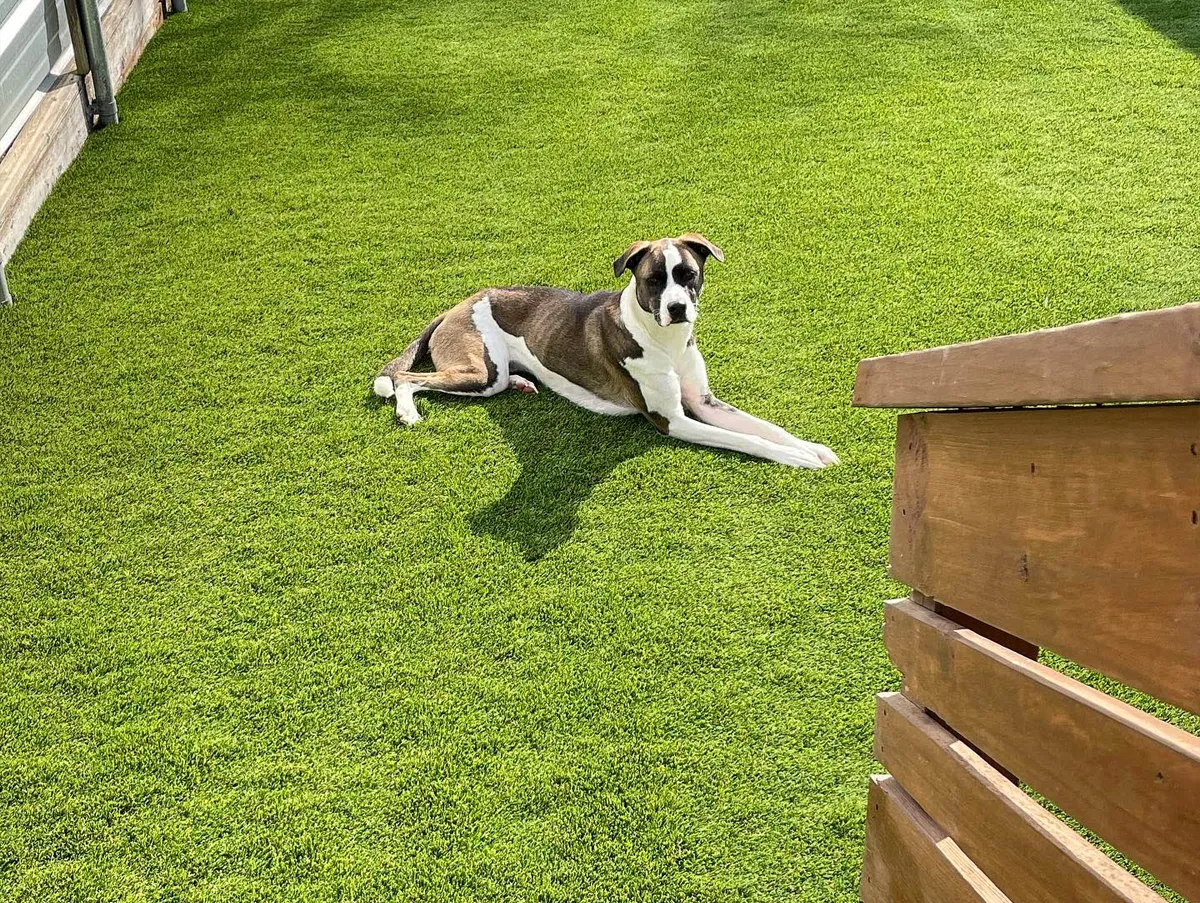Choose the Leading Turf Installation Phoenix AZ Solutions for Your Home or Business
Choose the Leading Turf Installation Phoenix AZ Solutions for Your Home or Business
Blog Article
Explore the Environmental Conveniences of Opting for Artificial Lawn Solutions
The adoption of fabricated turf remedies presents an engaging opportunity to attend to pressing environmental difficulties. By substantially lowering water usage and reducing the application of unsafe chemicals, these options not just promote sustainable landscape design but additionally safeguard neighborhood communities.
Water Preservation Conveniences
One of the most substantial advantages of fabricated turf is its capacity to save water. In comparison, synthetic grass does not need watering, substantially decreasing the total demand for water sources.
By eliminating the need for regular watering, synthetic grass adds to lasting landscape practices and aids reduce the ecological impact of excessive water intake. Furthermore, the conservation of water includes the decrease of drainage, which can bring about dirt erosion and river pollution.
Additionally, the setup of synthetic grass permits municipalities and property owners to designate water resources extra successfully, concentrating on necessary uses such as alcohol consumption water and farming. The shift in the direction of synthetic grass not just promotes responsible water usage however also straightens with more comprehensive environmental objectives targeted at maintaining natural sources.
As neighborhoods increasingly focus on sustainability, the water preservation advantages of synthetic grass offer an engaging situation for its fostering in business and household landscaping projects.
Reduced Chemical Usage
The shift to fabricated grass significantly decreases the reliance on chemical treatments frequently used in all-natural turf maintenance. Conventional turf monitoring normally includes the application of pesticides, herbicides, and fertilizers to advertise growth and control parasites. These chemicals can posture risks to human health, local wildlife, and the environment, adding to soil and water contamination.
In contrast, synthetic grass gets rid of the need for these damaging materials. As soon as set up, it needs marginal upkeep, largely including regular cleansing and seldom infill replenishment. This decrease in chemical usage not only profits the prompt setting but additionally adds to more comprehensive ecological stability. By decreasing the release of artificial substances into the ecosystem, artificial lawn promotes much healthier dirt and water supply.
Moreover, the absence of chemical drainage related to synthetic turf setups assists shield regional waterways from pollution, sustaining marine life and maintaining biodiversity. Turf installation phoenix az. As neighborhoods progressively focus on lasting methods, going with man-made grass provides a sensible service that lines up with ecological preservation goals. Via this change, homeowner can enjoy rich environment-friendly rooms without jeopardizing ecological health and wellness, leading the method for a much more lasting future
Lower Carbon Footprint

Furthermore, the installation of synthetic grass can lead to significant water preservation. Natural lawns call for significant quantities of water for irrigation, which not just includes in the carbon footprint go to these guys associated with water extraction and therapy however also pressures regional water sources. In comparison, synthetic grass needs very little upkeep, calling for no watering, therefore dramatically decreasing water use and its associated power expenses.
Furthermore, the longevity of synthetic grass contributes to its reduced carbon influence. With a life-span of up to 15 years or even more, the demand for regular replacements is decreased, resulting in less waste and reduced power intake in manufacturing and taking care of traditional lawn choices. In general, synthetic grass provides a lasting option for eco conscious landscaping.
Habitat Preservation
Habitat conservation is a critical consideration in the discussion over landscaping options, particularly when contrasting man-made lawn to all-natural lawn. Natural grass lawns usually need considerable upkeep, including using herbicides, chemicals, and fertilizers, which can detrimentally impact local ecosystems. These chemicals can leach into the soil and waterways, damaging native flora and fauna and interfering with neighborhood environments.
On the other hand, synthetic grass offers a chance to reduce the ecological impact of landscaping. By going with artificial turf, homeowners can minimize the interruption of all-natural environments related to typical yard treatment techniques. Synthetic grass removes the requirement for unsafe chemicals, therefore protecting nearby wild animals and preserving the stability of bordering environments. The setup of fabricated grass can lead to the conversion of former turf locations into more biodiverse landscapes, such as pollinator gardens or indigenous plant areas, which can support regional wild animals.
Ultimately, the shift to man-made turf not only preserves water and minimizes maintenance efforts yet also promotes a more harmonious relationship between human activities and the natural atmosphere, advertising habitat preservation in the procedure.
Long-Term Sustainability
Long-term sustainability is an important consider assessing the benefits of synthetic grass over conventional grass lawns. Among the most significant advantages of synthetic grass is its longevity; it can last approximately 15-20 years with very little maintenance, whereas all-natural lawn needs frequent reseeding and substitute. This durability lowers the requirement for consistent resources, such as water, plant foods, and pesticides, which are crucial for maintaining a healthy yard yard.
Additionally, synthetic turf adds to a decrease in carbon discharges linked with lawn treatment devices. Standard lawns usually call for gas-powered lawn mowers, leaners, and blowers, all of which add to air contamination. Turf installation phoenix az. On the other hand, fabricated click here for info lawn removes the need for such equipment, promoting a cleaner environment
Furthermore, the manufacturing of artificial grass significantly makes use of recycled materials, enhancing its sustainability profile. As suppliers adopt eco-friendly methods, the environmental footprint of synthetic grass remains to reduce.

Final Thought
The adoption of synthetic grass remedies offers substantial ecological benefits, including significant water preservation, decreased dependence on unsafe chemicals, and a check that reduced carbon footprint. Additionally, synthetic grass aids in preserving all-natural environments by reducing land disruption and advertising lasting sustainability through the usage of sturdy materials. Collectively, these variables underscore the possibility of synthetic grass to add positively to environmental health and wellness and provide a viable alternative to conventional landscaping practices in an increasingly resource-conscious world.
In contrast, artificial grass does not need watering, dramatically minimizing the overall demand for water sources. By lessening the launch of synthetic compounds into the environment, fabricated grass advertises healthier soil and water systems.
In addition, the installation of artificial grass can result in significant water preservation. In comparison, man-made grass needs very little maintenance, requiring no watering, consequently substantially minimizing water use and its linked energy costs.

Report this page